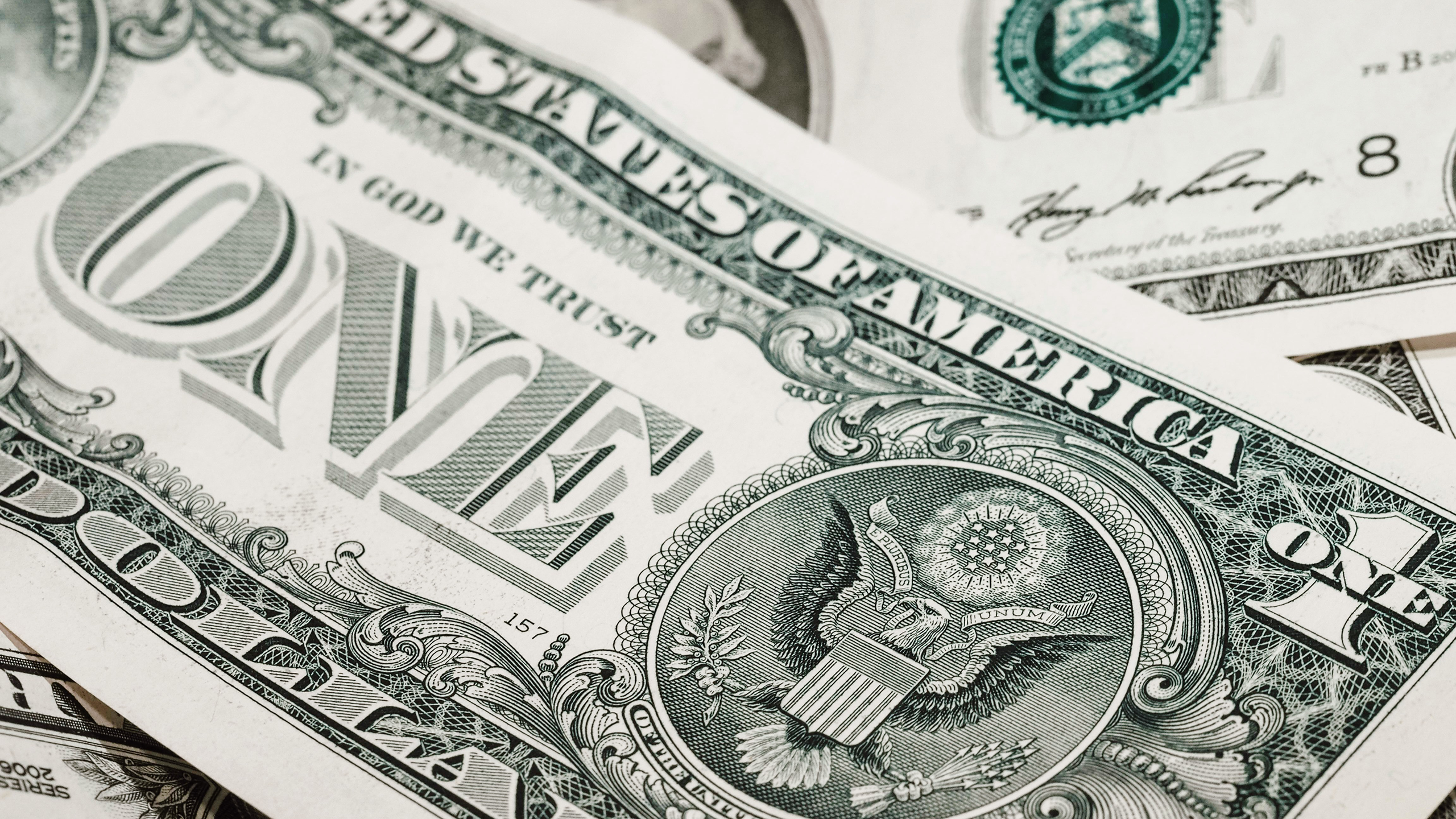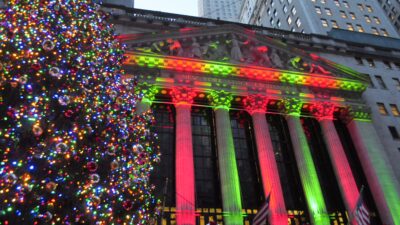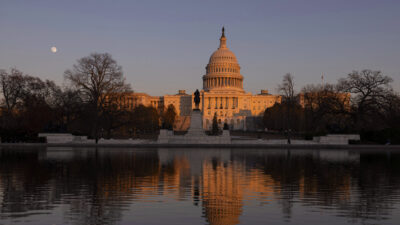Where Are the Bond Vigilantes?
The US debt is about the same as its entire economic output and is projected to grow if Trump’s megabill passes.

Sign up for smart news, insights, and analysis on the biggest financial stories of the day.
The passage of President Donald Trump’s “Big, Beautiful Bill” wasn’t a pretty sight for the influential group of federal deficit hawks known as bond vigilantes.
Market experts say it’s a matter of when, not if, their simmering discontent will bubble over. So far, 10-year Treasury notes don’t show the level of alarm signaled after Liberation Day tariffs, when yields screamed up to over 4.5%.
Fiscally Responsible Cowboys
“Inattention to the deficit is more serious now than it would have been during Mr. Clinton’s administration, when we were concerned about debt levels reaching a mere 65 percent of GDP by 2000,” Robert Rubin and Larry Summers, Treasury secretaries in the Clinton administration, wrote in The New York Times last week. The US debt is about the same as the country’s entire economic output and is projected to grow now that the megabill has passed. Before the vote, they argued: “A responsible Congress would reject it.”
Maybe bond vigilantes are picking their moment. They were most effective during the Clinton years when they drove 10-year yields from 5.19% in October 1993 to 8.05% by November 1994 in protest of the administration’s plans to increase government spending. Clinton blinked and made balancing the federal budget a priority. That story had a happy ending.
A more recent example of vigilantism didn’t. In September 2022, then-Prime Minister Liz Truss’s “mini budget” roiled the UK bond market. Recall the Truss lettuce meme — a livestream of a decaying head of iceberg crowned by a blonde wig, nodding to the PM’s precarious position. Truss resigned before her vegetable effigy reached the end of its shelf life.
Market experts are looking out onto the horizon for the cowboys:
- “The bond market will impose discipline on the federal government,” Jim Bianco, macro strategist at Bianco Research, said in a mid-June interview with Financial Sense. “When, I don’t know, but I do remember from Hemingway’s The Sun Also Rises, ‘How does one go bankrupt? Slowly, then suddenly.’ We’re in the ‘slowly’ phase.”
- “If the Fed were to lower interest rates, or if the Treasury were to play this game with issuing more bills, the bond market might be very concerned that we aren’t out of the woods when it comes to tariff-related inflation,” Ed Yardeni, the economist who is credited with coming up with the term “bond vigilantes,” said in an interview with CNBC last week.
Say When: Treasury yields ticked up ahead of the June jobs report, which showed steady growth, and revisions showed hiring was stronger in May and April, contrary to expectations. The probability of a July rate cut hit under 5% before the holiday weekend. And the House narrowly passed Trump’s spending bill. The 10-year Treasury auction results last month soothed investors — we’ll see if that demand holds in the upcoming one.











